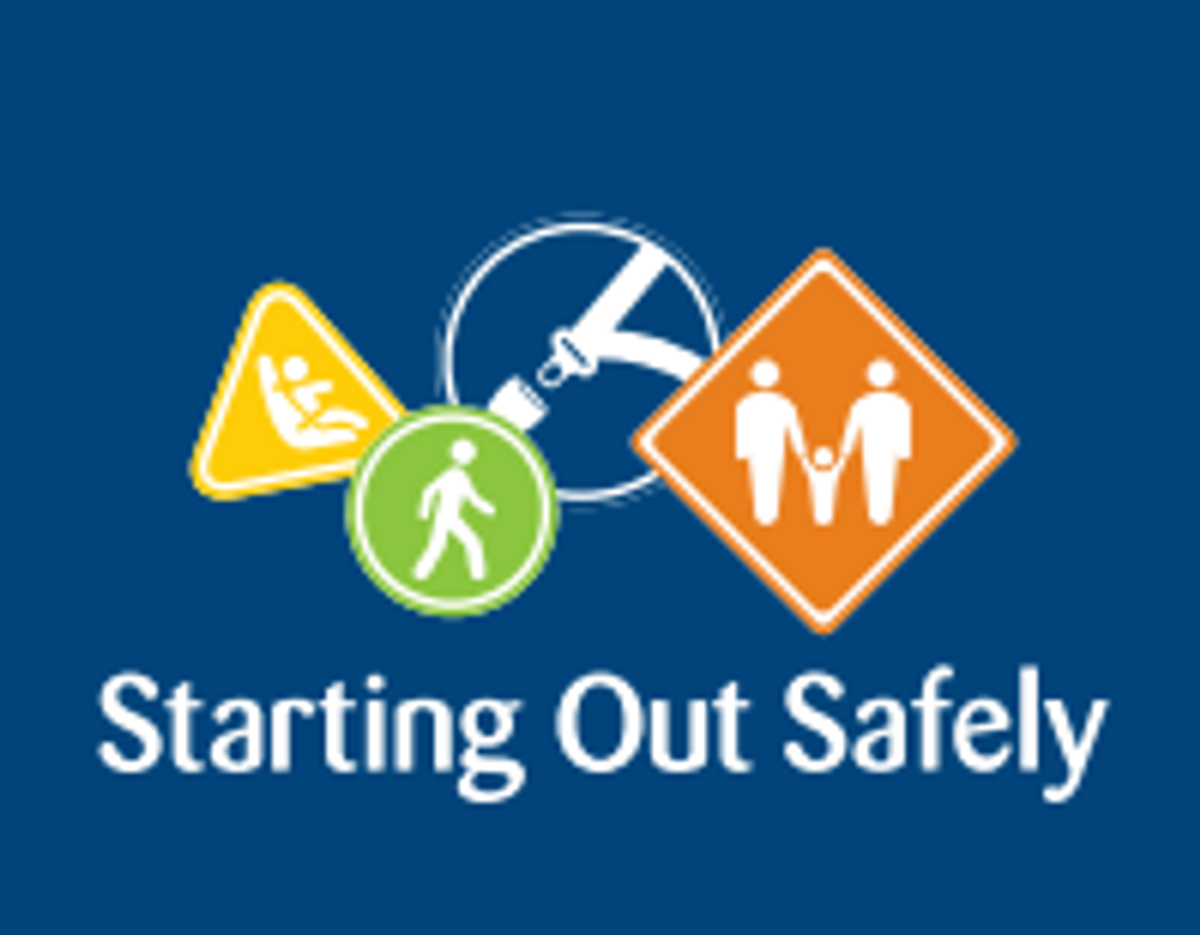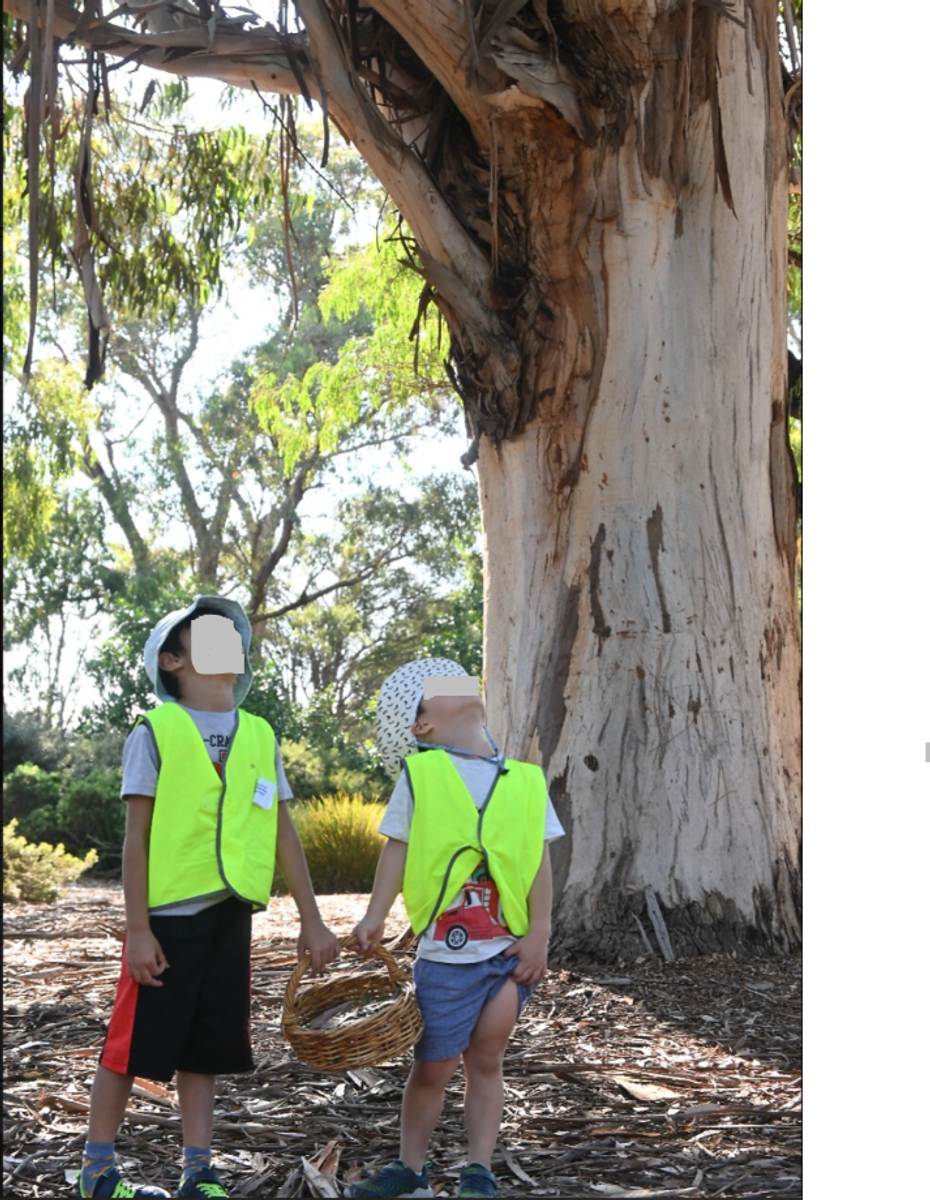Road Safety Education

Children out and about in the community
"Parents have a vital role in teaching children how to be safe road users. As children’s first educators you influence their attitudes and behaviours from the earliest years."
Children learn best in real life situations, that's why road safety education is actively taught and practiced, as part of delivering a quality Glen Education curriculum. Every time you go for a walk, ride a bike with your child or go on a car trip it is an opportunity to explore road safety. There are also health benefits for children to be out and about. Currently the average Australian child spends less than two hours a day outside.
Parents as role models
Children imitate adult behaviours. It is important that you think about what you are teaching your children by how you act as a road user. Your behaviour needs to be consistent with what you are expecting from your child. As the saying goes “Actions speak louder than words”.
It’s never too early to start teaching children about road safety
The early years are a time when children develop an understanding of their local community and about being active citizens. Road trauma is a leading cause of death and disabling injury for children in Australia. Road related incidents involving children often occur because children are still developing the skills needed for safe road use. We can all play a role in helping to reduce the incidence of road trauma.
Children as Pedestrians
Children have difficulties in judging how fast a vehicle may be travelling and how long it takes to walk from one side of the road to another. Children are the smallest road users and because of their size, they are at a significant disadvantage in the road environment. Parents can help make children safer pedestrians.
Role model
- Walk across pedestrian crossings or traffic lights (if available) and avoid crossing the street between cars.
- Only ever cross when there is a green walk signal. If there is no crossing, choose the safest, clearest and most visible place to cross.
- Always look both ways before crossing the road.
- Concentrate at the kerb before crossing (never be on the phone or talking to another adult).
- Always check for moving cars in driveways.
Talk with children
It is important to have conversations with children about what needs to be done to make sure they are safe as pedestrians. Don’t just tell children what to do or not to do. Asking them questions and having conversations with them allows children to think more deeply about what is happening around them.
- Introduce vocabulary such as ‘traffic’ and what this includes; cars, buses, bicycles, trucks, etc.
- Discuss the importance of holding hands to cross the road together.
- Discuss the speed of the traffic.
- Discuss the possibility of cars moving when walking past driveways and laneways.
- Help children understand the different road signs you can see.
- Discuss the importance of only crossing at traffic lights when there is a green walk signal.
- Discuss why it is important not to assume that because there is a green walk signal that it is safe to cross.
- Discuss the importance of drivers being able to see you before crossing the road. Could there be cars coming from around the corner?
- Look up maps of your area and discuss what is the safest route to where you are going. Print a map of your area and highlight where you have walked.
- Discuss Stop Look Listen and Think Stop at the kerb Look both ways Listen for Traffic Think – Decide if it is safe to cross
Getting out and about benefits children both physically and mentally. The Australian Government Guidelines recommend children from 2 to 5 years should spend at least 3 hours per day outdoors including running, jumping, walking and cycling. It is so important for us all to get out and about in our local neighbourhood for our health and connection to our community. Parents play a significant role in teaching children about being safe around our roads as pedestrians and cyclists. Walking and riding are free and fun to do. For more information go to ELAA’s Starting Out Safely website www.childroadsafety.org.au and speak to your child’s teacher.
https://childroadsafety.org.au/wp-content/uploads/2020/06/Parent-Resource.pdf


